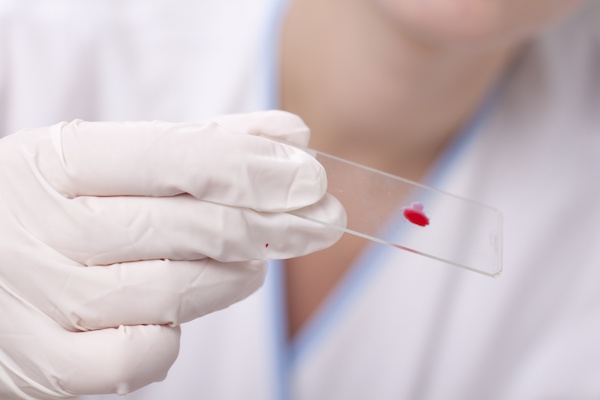
THURSDAY, July 5 (HealthDay News) — As many as 300,000 people in the United States may have chronic Chagas disease — mostly spread by blood-sucking insects — health officials report.
However, the first confirmed U.S. case of transmission from a mother to a newborn was recently documented, adding to ongoing concern about this parasitic disease, according to the U.S. Centers for Disease Control and Prevention.
Most people with Chagas disease in the United States are immigrants from areas in Latin America, where the disease is endemic, the report said.
While Chagas is treatable and curable, it often goes unrecognized. Untreated, the infection is lifelong.
“Only a few people who are infected develop early symptoms,” said Dr. Anne Moore, a CDC medical epidemiologist. “The vast majority have such mild symptoms, or no symptoms, that they don’t know they are infected.”
The parasite stays in the blood system and gradually causes disease in the tissues it affects — and the tissues it likes the most are heart muscle, Moore said.
“About 30 percent of those infected will develop serious cardiac disease, which can be fatal,” she explained.
Chagas is spread by triatomine insects, which can carry the parasite that causes the disease. People become infected when the bug feeds by sucking blood. The insects are also called kissing bugs because they tend to bite around the face, Moore said.
While most people who have Chagas are from Latin America and Mexico, the insects that cause the disease are common across the lower southern, eastern and western United States, according to the CDC.
Whether the species of these bugs found in the United States carry this parasite isn’t known, Moore said.
“We really don’t have good information about whether there is a lot of transmission in the United States — there has been a handful of cases, but no one is looking, so we don’t have an idea of the magnitude of the problem,” she noted.
The CDC, however, does test these insects for the parasite, she said.
Other, but undiagnosed, cases of mother-infant transmission have likely occurred in the United States, the report said. In other countries, the rate of congenital transmission from infected mothers is about 1 percent to 10 percent.
Two antiparasitic drugs can be used to treat Chagas. “Neither one is approved by the U.S. Food and Drug Administration, but they are available free from the CDC,” Moore said.
No manufacturer has applied for approval for the drug because there are only a few cases of Chagas in the United States, she noted.
Moore believes people from Latin America, especially pregnant women, should be screened for Chagas, particularly those who have lived in rural areas. Many doctors don’t know about the disease, so they don’t look for it in these patients, she added.
The report was published in the July 6 issue of the Morbidity and Mortality Weekly Report.
The current case involved an infant whose mother had recently emigrated from Bolivia. The child was diagnosed two weeks after birth when doctors saw Trypanosoma cruzi parasites in the blood.
The infant was treated and cured with the antiparasitic drug benznidazole.
Chagas also can be spread through blood transfusions and organ transplants. In 2006, the American Red Cross began screening blood donors for Chagas, Moore noted. Chagas can be acquired through food contaminated with the parasite.
Dr. Marc Siegel, an infectious disease expert, said that “Chagas disease is a reminder to us that we are part of a worldwide community of health.”
Chagas affects about 10 million people around the world, said Siegel, an associate professor of medicine at NYU Langone Medical Center in New York City.
“With all of the immigrants we have, Chagas has become more of a problem, because it can be transmitted from mother to child or through blood transfusion, not just through an insect,” Siegel said.
This report should alert doctors to look for Chagas in patients with unexplained heart disease, he said.
“It’s not enough of a problem that we should be worried about it,” Siegel said. “It’s trending and we have to keep an eye on it.”
More information
For more about Chagas disease, visit the U.S. Centers for Disease Control and Prevention.

